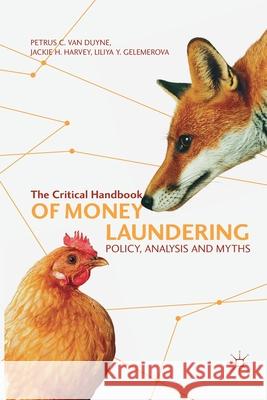The Critical Handbook of Money Laundering: Policy, Analysis and Myths » książka
topmenu
The Critical Handbook of Money Laundering: Policy, Analysis and Myths
ISBN-13: 9781349706648 / Angielski / Miękka / 2020 / 378 str.
The Critical Handbook of Money Laundering: Policy, Analysis and Myths
ISBN-13: 9781349706648 / Angielski / Miękka / 2020 / 378 str.
cena 563,56
(netto: 536,72 VAT: 5%)
Najniższa cena z 30 dni: 539,74
(netto: 536,72 VAT: 5%)
Najniższa cena z 30 dni: 539,74
Termin realizacji zamówienia:
ok. 22 dni roboczych
Bez gwarancji dostawy przed świętami
ok. 22 dni roboczych
Bez gwarancji dostawy przed świętami
Darmowa dostawa!
Kategorie:
Kategorie BISAC:
Wydawca:
Palgrave MacMillan
Język:
Angielski
ISBN-13:
9781349706648
Rok wydania:
2020
Wydanie:
2018
Ilość stron:
378
Waga:
0.55 kg
Wymiary:
23.39 x 15.6 x 2.08
Oprawa:
Miękka
Wolumenów:
01
Dodatkowe informacje:
Wydanie ilustrowane











